Devastatingly, two UK-listed oil companies — SOCO International and Dominion Petroleum — are planning to drill for oil in Virunga National Park, Democratic Republic of Congo. SOCO is currently drilling in other areas of the DRC, namely the North Congo Basin, whilst Dominion is most known for its oil plants in Tunisia, North Africa.
The World Wildlife Fund (WWF) is currently calling on these companies to abandon potential drilling in the park, which will impact heavily on years of conservation work and the healthy biodiversity systems of the area. Similarly, the United Nations’ (UN) cultural arm, UNESCO, has appealed to Congolese President Joesph Kabila to abandon his support of oil activity in the area.

The breathtaking beauty of the Virunga National Park, DRC, where oil companies plan to drill for oil.
Virunga National Park, the DRC’s first World Heritage Site, is home to the popular mountain gorillas and similarly many other fish, reptile and bird species. As such, the effects of oil activity could be devastating, particularly on the livelihood of the endangered Shelley’s Crimsonwing finch, which is believed to inhabit various high-lying areas of the Virunga National Park.
The RFCG therefore calls on the international conservation community and finch enthusiasts to condemn oil drilling efforts in Virunga National Park and other World Heritage Sites. How heartbreaking it is to see man’s wallet destroying the efforts of conservation and biodiversity!



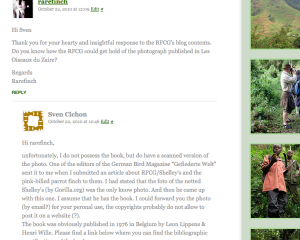


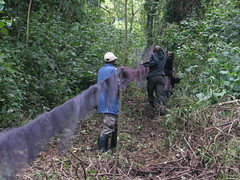


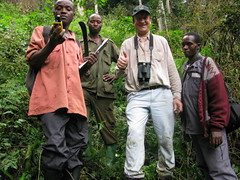

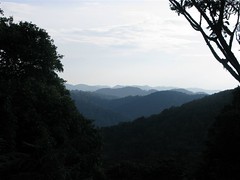
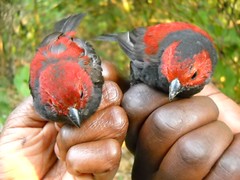
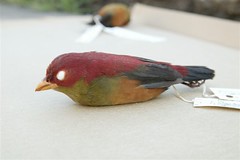
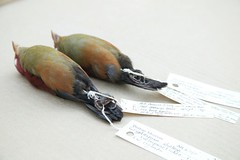
Reader response about the Shelley’s
22 OctA big thanks to RFCG blog reader, Sven from Germany, for his contributions and insights. Feel free to comment.
___________
Hi Malcolm, (hi Eelco),
Thanks a lot for sharing your observations and thoughts about Shelley’s. The bottleneck hypothesis is an interesting one. I am trying to fully understand it; are you saying the bird might originally have inhabited a much larger habitat including environmental characteristics that it would be much better adapted to (such as more open habitat?)?
I find two aspects quite remarkable:
1) Shelley’s, although placed in the same genus Cryptospiza as the other three crimsonwing finch species, really is a “phenotypic outlier”. From their outer appearance, reichenowii, salvadorii and jacksoni seem to be much closer to each other than to Shelley’s. I know that it is dangerous to hypothesize about genetic relatedness from the outer appearence, but it is tempting to assume that Shelley is genetically further apart from the three others than we believe. May be it is even a separate sepcies? The best answer to this would be a molecular genetic study. One might prick a feather from one of the next netted Shelley’s and have it investigated by a molecluar genetic lab in comparison with genetic material from the other three species (which will be easy to collect).
This would certainly cost some money, but I think the results would be very interesting.
2) How likely is it that you are placing your nets at places that are simply not visited by the birds, although they are there? This may be a naive question from someone who has never been to a tropical rain forest. To me, the footings and photos of the habitat look as if there was an impenetrable thicket and some clearings/paths where it is possible to place mist nets. I understand that many finches will visit open spaces in the rain forest to feed on grass seeds. But assume Shelley’s diet does not involve grass seeds and it just stays in the most impenetrable part of the rain forest. Hence, you would net such a bird only as a very rare exception, but it might still be there in good numbers.
Just a thought, might be nonsense….
And last, I just wanted to add that there is at least one other known photo of a Shelley’s. It was published in “Les Oiseaux du Zaire”, the capture of the photo says that it was photographed in the Virunga National Park on the 10th March 1974.
Best regards from Germany,
Sven
Share this post